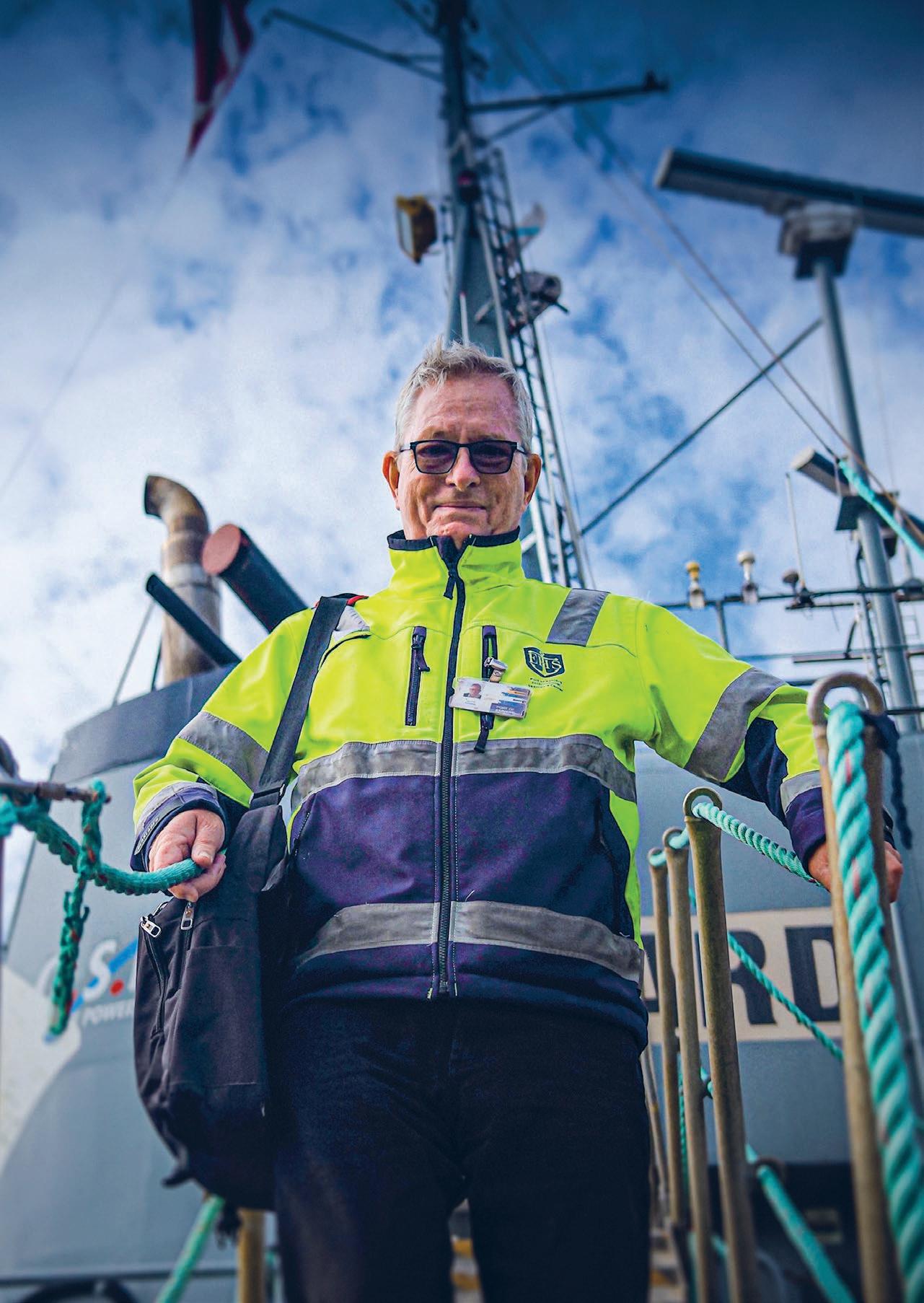
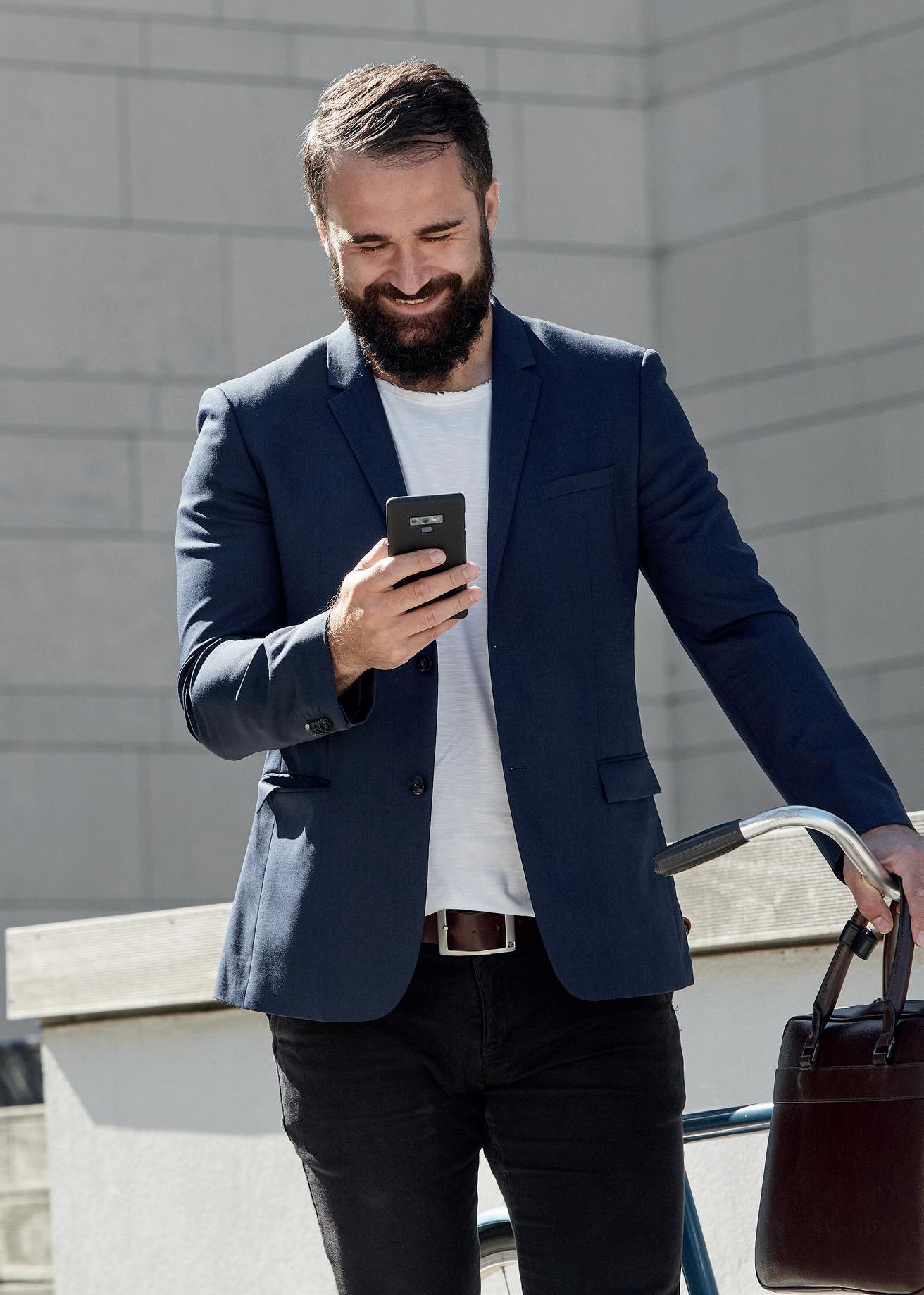


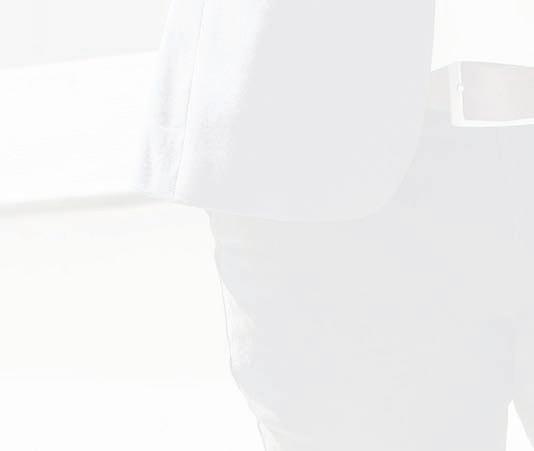



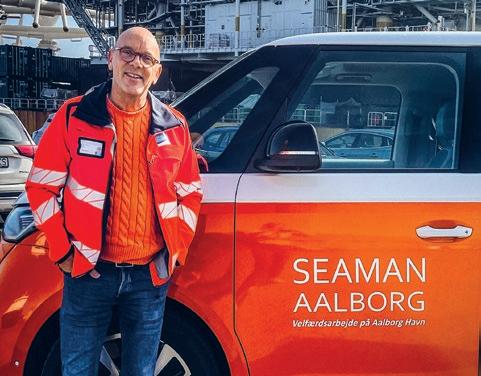










When a ship docks in Aarhus, Esbjerg, or Aalborg in Denmark, or in Rotterdam and Port Said, it is not only cargo that moves through the port. Seafarers can also visit a seafarer's club or receive a visit from the port's welfare officer.
The seafarer's clubs in Denmark and the welfare stations in Rotterdam and Port Said offer coffee, Wi-Fi, newspapers, and help with transportation and practical tasks—but also companionship and conviviality across ranks and hierarchies. Here you can find a little pocket of peace, sing your heart out with the karaoke system, or chat with someone with time to listen to your big and small problems.
The seafarer's clubs are part of the welfare work carried out by SEA HEALTH & WELFARE in close collaboration with local actors. At the same time, SHW collaborates with the Danish Church Abroad to create relevant welfare services for seafarers.
In this theme, you can meet the people responsible for the seamen's clubs and the welfare station, who work daily to serve seafarers.

When container ships, cargo ships, and cruise ships dock at Aarhus Harbor, the Seamen's Club is ready with coffee, internet, and a respite from life at sea.
The warm rays of the August sun are shining down on the four sailors who have just collapsed into four chairs at the Aarhus Seamen's Center entrance. Inside, the Seamen's Club is open, with coffee on the pot and internet ad libitum.
The four crew members—three Filipinos and one Indian—have been on a short sightseeing tour of Aarhus city center. They only have a few hours before the large cruise ship ROTTERDAM from Holland, on which they all serve, sets sail again. The ship can accommodate over 3,000 passengers and has a crew of around 1,000.
"We feel at home here and can relax completely before we have to return to reality," says Robert Solis, an ID officer on board,
By Kirstine Thye Skovhøj, journalist
while his three colleagues nod in agreement.
A cruise ship calls at the port approximately 60 times a year, usually for a few hours. The Seamen's Club always opens, especially when a cruise ship docks, so seafarers can take a short break before the ship continues.
"Did you see the cathedral on your walk?" asks Paw Ankjær, who runs the Seamen's Center, pointing to the church tower, which is clearly visible, and continues: "It is Denmark's longest and tallest church building, dating back to the 13th century."
The four seafarer's listen with interest and are clearly impressed by the church's history, which Paw shares with them.
Since 2009, Paw has been responsible for ensuring that the many seafarers who come to Aarhus Harbor can get a much-needed break from their work life on board, help with practical tasks, or news from their home country.
If there is time and interest, there is also the opportunity to take a piece of Danish culture home with them – for example, in the form of trips to tourist attractions such as The Old Town or Legoland.
Continued on page 6
"I usually call us an international social meeting place. It may sound a bit fancy, but we are a safe haven for seafarers. Here they can be themselves, even if they have just arrived at a foreign port where they may not have been before," says Paw, elaborating:
"Here, they have a place where they know people want to help them and where they can relax."
The Seamen's Center in Aarhus has three main tasks. First and foremost, outreach work at the port, where Paw or a colleague visit ships every morning with the day's newspapers in the crews' own languages and welcomes them to the city.
From there, they help with everything from small errands—such as buying a new lighter or sending money home—to arranging trips. The second part is the club itself, which in the evening serves as a gathering place across nationalities and ranks.
Finally, the club has a special function when cruise ships call at port. It is open all day so that the crews of large ships also have the opportunity to use the club. Here, everyone on board is considered a seafarer—regardless of whether they work as dishwashers, shop assistants, or entertainers.
"Everyone is equal here, and if you want to chat or need help sending school fees home to your family, finding that protein powder you can't do without, or getting shaving supplies, there is help available," says Paw.
The club is open Sunday through Friday and is always staffed, some evenings by volunteers, others by Paw or by employees affiliated with the Seamen's Mission.
Every evening, a small minibus drives to the ships and picks up the sailors directly at the gangway. Thus, they don't have to walk through the rows of containers and expose themselves or others to danger in the busy port. At 10 p.m., they are driven back—completely free of charge.
"This means that the ordinary crew can have an evening away from the ship. And
even the officers, who sometimes first take a taxi into the city center to eat at a restaurant, often return when they discover that a beer in Aarhus costs USD 10-15 – but here they can get a light beer for only two dollars," explains Paw.
Everyone is equal here, and if you want to chat or need help sending school fees home to your family, finding that protein powder you can't do without, or getting shaving supplies, there is help available," says Paw Ankjær.
opportunity to call or write to their families. Many are very cautious and polite; they don't want to be in the way. They have to get used to the fact that we are serving them here."
A strong connection
Most people start their visit to the Seamen's Club by jumping on the free internet. This is also the case for Giovanne Garcia from Brazil, who is also on board the Dutch cruise ship, where he works in one of the ship's shops. He has long wanted to get close to a stable internet connection.
"The internet is my main reason for coming here. But it's also a much-needed opportunity to take a break from everyday life on the ship," he says, explaining that this is his second time in Aarhus Harbor.
Inside the club, coffee and tea are free of charge, and darts, billiards, table tennis, piano, karaoke equipment, TV, and board games are available at no cost. Beer, soft drinks, and snacks cost the same as at a kiosk.
Today, the Seamen's Center's cruise manager, Thomas Kirk, is behind the counter, ready to pour a cup of coffee and chat with anyone who wants to.
"We focus on giving seafarers peace of mind. A place where they can just be. But also, a place where there is peace and quiet and the
He hurries to open his backpack and find the Nintendo, which he can finally start using because a good and stable internet connection is available.
"It's easy to come here and get a little break from bosses and guests," he says with a wry smile, turning his attention back to his Nintendo.
Strawberry cakes and Christmas traditions
The Seamen's Center hosts two special annual events with the support and backing of SEA HEALTH & WELFARE.

In December, The Seafarers' Club invites seafarers of all nationalities and religions to celebrate Danish Christmas Eve. The air is filled with the aroma of roast pork, duck, red cabbage, and rice pudding, and the evening features a Christmas tree, hymns, and small gifts for everyone.
"It's a very special evening where seafarers get the opportunity to experience a Danish Christmas Eve, and it's always very cozy and atmospheric," says Paw.
In June, the Day of the Seafarer is celebrated, when more than a hundred strawberry cakes are distributed to ships in Aarhus—a sweet and loving tribute to the seafarers who ensure that people, goods, and cargo are
shipped across the world's oceans and end up with consumers.
"There is nothing more Danish than strawberry cake, and it has become a really good tradition that, with the support of SHW, we can help celebrate Seafarers' Day. Most people are now familiar with the special day and think it's fantastic that we come on board with cake," says Paw Ankjær with a smile.
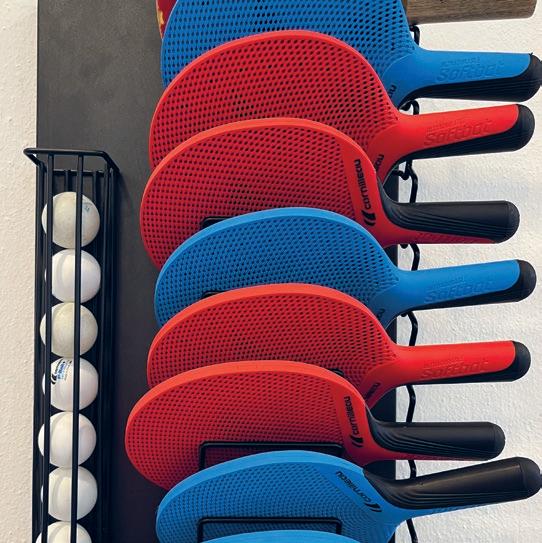
Container ships, cargo ships, and cruise ships call at Aarhus Port, bringing seafarers from all over the world with them. Many of the large merchant ships have crews with a mix of nationalities – typically Filipinos, Indians, Russians, Ukrainians, and Poles, but also entire crews from Turkey or China, for example.
On container ships, which often only stay in Aarhus for a few hours, the deck crew
mainly use the Seamen's Club's facilities. The officers usually have more resources to go ashore themselves. Cruise ship crews also stop by when their ships are in port.
The club means something special for ordinary seafarers: a free place to get coffee, Wi-Fi, and socialize without worrying about who has the most stripes on their shoulder.

not depend on income from seafarers themselves. On the contrary, it is a fundamental principle that the club should be free for seafarers.
Instead, the Center is funded through rental income from commercial leases in the Center's own buildings at the port and through support and cooperation agreements.
SEA HEALTH & WELFARE significantly contributes to events such as Christmas Eve and Day of the Seafarer. In addition, SHW's network with seafarers' centers in other ports, such as Esbjerg, Aalborg, and Rotterdam, provides project funding and sparring.
The Seamen's Club has approximately 4,000 guests annually; the most spoken language is English. Seafarers from all over the world, with different religions and cultures, meet here.
The most popular activities at the Seamen's Club in Aarhus:
► Billiards
► Karaoke
► Table tennis
► Darts
► Piano
► Guitar
► Basketball and soccer in the club's courtyard
► Movies
Mohamed Salah Osman, a welfare consultant at SEA HEALTH & WELFARE in Port Said, Egypt, provides news and books from the seafarers' home countries to ships sailing under the Danish flag. When the opportunity arises, he likes to do a little extra for the crew.
Mohamed Salah Osman, 48, runs SEA HEALTH & WELFARE's welfare office in Port Said, where the Suez Canal meets the Mediterranean. One of his most important tasks is to bring newspapers to the seafarers. In his office, he can print fresh newspapers from the crew's home countries.
"We give them a little bit of their home countries when we visit the ship with fresh newspapers. It is something special to have a newspaper in your hand rather than reading news on the internet, and many ships do not always have a good internet connection," explains Mohamed, and continues:
"I think the newspapers make the seafarers think about their home countries. Flipping through a newspaper is something very special for them. It is the same with books; having a book in your hand is something special rather than reading on a screen."
Usually, there is only time for a short visit
Mohamed receives a daily list from the port authorities of Danish-flagged vessels passing through or berthing.
"Often, ships sailing under the Danish flag arrive, and when some of them berth, I have the opportunity to go on board and stay and talk for a while."
Most ships pass the canal without stopping, but others berth in the container terminal for 6-7 hours at a time, which is enough time for Mohamed to embark and have a slightly longer chat with the crew.
By Troels Leth, SEA HEALTH & WELFARE
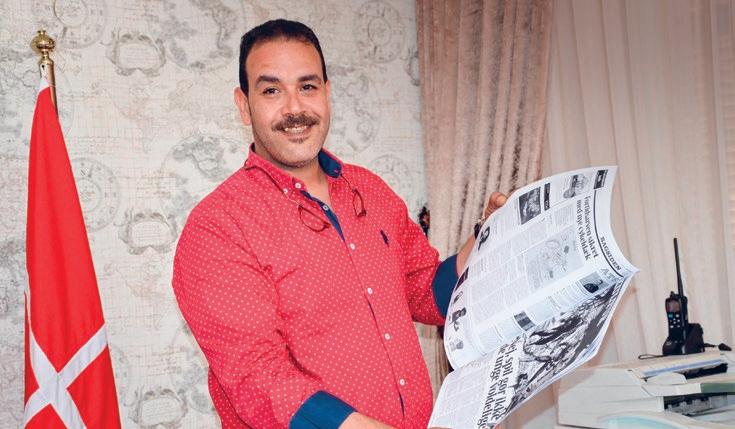
Mohamed uses a taxi boat to embark on ships that do not berth to deliver newspapers and books.
Mohamed Salah Osman grew up in Port Said. He lives close to the Suez Canal port, where ships pass through the critical junction between Europe and Asia daily.
Ever since he was a boy, he has visited ships that pass through the canal daily to deliver newspapers, books, films, and sometimes special greetings to the crew. Before him, it was his father who took good care of the seafarers:
"My father started the office in 1976 and worked here for over 40 years. At that time, he cared for ships from Sweden, Norway, and Denmark. I started helping when I was about
14 years old, and in 2014, I took over the job from him."
He especially remembers an experience he had with his father when they boarded a Norwegian ship with a newspaper for the captain. The Norwegian captain flipped through the newspaper and found an article and pictures of his son, who had won a major sports competition back home in Norway.
"I still remember how moved he was to get that newspaper. We need to remember that seafarers are away from home for weeks or months, far away from their home and family. That makes it special to get a newspaper from your home country in your hands."
Occasionally, Mohamed gets help from his eldest son, who is about the same age as he was when he started helping his father in port.
Every year, approximately 5,700 ships call at the Port of Esbjerg on Denmark’s West Coast. Amidst the port activities, there is a good chance of meeting Jan Erik Kamstrup, who runs the city's Seamen’s Centre. Equipped with prepaid SIM cards, safety equipment, and a smile that has almost become his trademark, he meets and assists as many seafarers as possible.
Near a wide road and next to a busy ferry terminal lies Esbjerg Port Service & Seamen's Centre. It doesn't seem particularly attractive from the outside, but when you step inside, you quickly realize you are very welcome.
A glance at the guest book shows that many seafarers from all over the world regularly visit.
They typically visit the club to relax, surf the internet, play karaoke or billiards, or enjoy a refreshment before returning to the ship.
"Every time we make a crew happy, every time we make a difference for a seafarer, who rarely expects it, it's like sticking your fingers
By Troels Leth, SEA HEALTH & WELFARE
in a power socket – it gives me energy. It's all worth it when I feel we've made a difference," says Jan Erik Kamstrup.
Jan has 10 volunteers, all of whom are retired seafarers. The volunteers are unpaid and help out when Jan Erik does not have time to meet a ship and drive seafarers into town. In this group, Jan Erik is "the young one" because he has only been sailing for 30 years before he joined the Seamen's Centre.
"The tone between us is very open, and even though we have known each other for many years, new anecdotes keep popping up. It's never boring," says Jan.

Jan returns to his desk when the group breaks up. On an average day, 25-50 ships are in the harbor. He finds an overview of them on the harbor's website and plans his day.
"I estimate that about a quarter of all ships receive at least one visit from us annually. We try to prioritize those we haven't visited before," he says.
Two questions break the ice on board Before leaving for the day's ship visit, Jan prints out several foreign newspapers in English, Polish, Tagalog, Ukrainian, and Russian. He has access to about 15 online newspapers in total.
”Newspapers are always a good icebreaker. One of the first things I ask when I come on board is whether they want to read today's newspaper and what nationalities they have on board. There are always some on board who miss fresh news from home. In addition, I bring our own flyers and material from SEA HEALTH & WELFARE for Danish-flagged ships," says Jan.
"Every time we make a crew happy, every time we make a difference for a seafarer, who rarely expects it, it's like sticking your fingers in a power socket – it gives me energy. It's all worth it when I feel we've made a difference," says Jan Erik Kamstrup.
Continued on page 10
When Jan meets the seafarers, he usually asks them how long they have been on board.
"It's a question that often opens up the seafarer to talk about how things are going. Sometimes they take out their phones and show messages and pictures from their families and talk about everything they've missed at home. I think it's important that I give the seafarers the opportunity to talk about something other than the ship and their tasks on board."
For many seafarers, a visit from Jan and his volunteers can be a very unexpected and positive experience. Something that almost gives him celebrity status.
"You can't see it in a graph or on a bank statement. But we know that we make a huge difference to many of them. When you've experienced leaving a ship and the entire crew standing at the railing shouting 'Thank you' and 'God bless you', you know you've made a difference," he says.
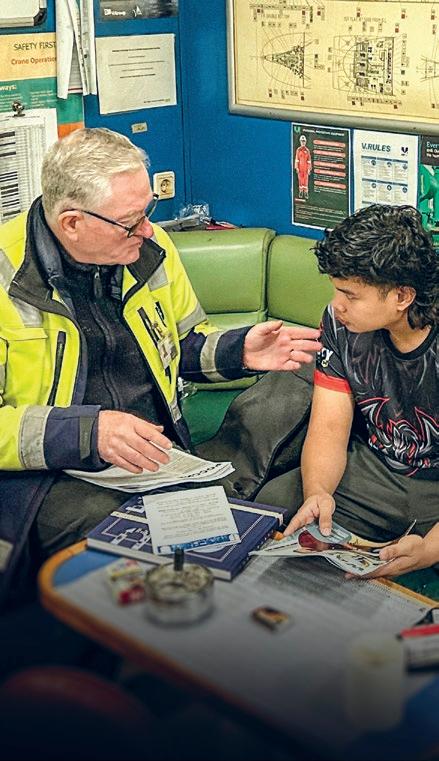
Prepaid SIM cards are another sought-after item that Jan brings with him on his ship visits. Despite the increased prevalence of Starlink, SIM cards remain an essential part of Jan Erik’s product range.
"For example, there is a shipping company that often has one or more vessels in port with all kinds of antennas, including Starlink. But when the ship is not chartered, they turn down the Starlink bandwidth so much that there is only enough for the captain to connect with the shipping company. So, at one point, they called me from the ship to ask if I could help the crew with SIM cards," says Jan.
The Seamen's Centre does not make money from selling prepaid SIM cards. Seafarers only pay the cost of purchasing them.
Spend your waiting time with us
One of Jan's latest ideas is to expand the range of services with a so-called Crew Transfer Service.
"Many seafarers sign on in Esbjerg and arrive in the city by train or taxi from Billund Airport. They often arrive many hours before the ship reaches the port. That's where we can make a difference. They can wait with us, and then we drive them to the ship," he explains.
For the same reason, he has informed all maritime agents and shipping companies in the city and posted flyers at the local police station and Esbjerg Hospital.
"Then the officer on duty can call me if he has stamped the passport of a seafarer about to leave the country. Similarly, the hospital can call if a seafarer is admitted and may need help contacting relatives or is bored and needs something to read. We have had this service for a couple of years, and everyone we meet supports the initiative – not least the seafarers," says Jan.
Esbjerg Port Service & Seamen's Centre was established 60 years ago in November 1964.
Port of Esbjerg is the largest contributor to the Seamen's Centre. The second largest contributors are SEA HEALTH & WELFARE and the Lauritzen Foundation.
5,712 ships called at the Port of Esbjerg in 2024. Among them were 476 RoRo ships, 476 cargo ships, and 206 tankers in addition to a large number of offshore vessels, etc.
The Port of Esbjerg is the world's largest base port for offshore wind activities.
Sources: Seamen's Centre, Port of Esbjerg.
Jan Erik Kamstrup, who just turned 68, has decided to retire on October 31, 2025. On the same day, a reception will be held for Jan Erik at the Seamen's Center on Dokvej in Esbjerg.
Jan will be replaced by Kurt Mathiesen, the Assistant Harbour Master at the Port of Esbjerg. Kurt Mathiesen is a trained navigator and shipmaster who has worked for two Danish shipping companies and in the Navy.
Kurt started his first day of work on September 1 and is ready to take the helm on November 1.
"Kurt is only the fifth manager of the Seamen's Club. He is a really good guy with a network that is even better than mine. And he is a warm-hearted man, and all the volunteers already know him," says Jan Erik about his successor.

At Aalborg Port, welfare worker Carsten Schmidt is a familiar face. Every day, he visits ships and distributes newspapers and phone cards – but most importantly, he gives seafarers a little peaceful respite from their busy working lives at sea.
The orange and white, state-of-the-art, electric Volkswagen van rolls quietly into the east port of Aalborg.
Behind the wheel is Carsten Schmidt. He greets everyone he meets on his route: a truck driver entering the port area with a heavy load, the port CEO, who flashes his headlights energetically and waves, and a crane operator who greets and waves from his seat 20 meters above the ground.
By Kirstine Thye Skovhøj, journalist
Carsten is a familiar face in the city's large port area.
"There's no doubt that our new car is attracting a lot of attention – no one is in any doubt about who we are anymore," he says with a satisfied smile.
An anchor on land
Welfare efforts in Aalborg are well underway. With support from the A.P. Møller
Foundation, Port of Aalborg, and Kompas Hotel Aalborg, Carsten could purchase the electric car. Carsten's daily ship visits begin at the hotel.
The initiative is part of Seaman Aalborg, which was established in 2013 by Port of Aalborg, Kompas Hotel, and SEA HEALTH & WELFARE to support seafarers calling at the port.
Continued on page 12
The work includes daily ship visits with newspapers in the seafarer's languages, phone cards for contacting their families, library books, and help with shopping. Seafarers can also get a lift to the Seaman's Lounge at Kompas Hotel, where they will find Wi-Fi, a sauna, billiards, and a sense of community. If they are ill, they can also receive visits to the hospital or in their own accommodation in the local area.
Every year, 1,000–1,200 seafarers stay overnight at the Kompas Hotel, and even more visit the lounge, which is open every evening from 5 p.m. to 10 p.m. Three volunteer drivers pick up and drop off the seafarers at the ships.
The hotel's roots date back to 1905, when a seamen's home was opened in Aalborg. Until 2013, it served as a seamen's home for the many seafarer's who came to the city. As the maritime industry changed and Aalborg Shipyard closed, the seamen's home was converted into a regular hotel, where seafarers still enjoy special benefits.
My primary task is to look the seafarer in the eye and ask about their life. They often live in tiny spaces, work 13 hours a day, seven days a week for nine months, and rarely share personal problems or concerns with each other. Then someone like me comes along, someone they can confide in." Says Carsten Schmidt.
"The most important thing we can give them is peace and quiet. No engine noise, no orders. Just a place where you can be yourself," says Carsten.
Carsten also has his office at the hotel and prints fresh newspapers for the seafarers aboard the ships he visits in Aalborg's large port area, which covers five terminals.
Every year, Carsten makes more than 1,000 ship visits. In 2024, he made 1,210 visits 70–80 of which were to Danish-flagged ships.
Kompas Hotel is a non-profit hotel with a heart that beats strongly for the people of the sea, and whose profits go to social welfare work in the maritime environment that is so characteristic of Aalborg.
"I never know whether a ship visit will take two minutes or two hours. The newspaper is my door opener. I get a message from the ship's agent about which nationalities are on board, and then I print out the news for them and drive out to the ship," says Carsten, a welfare worker since 2015.
"My primary task is to look the seafarer in the eye and ask about their life. They often live
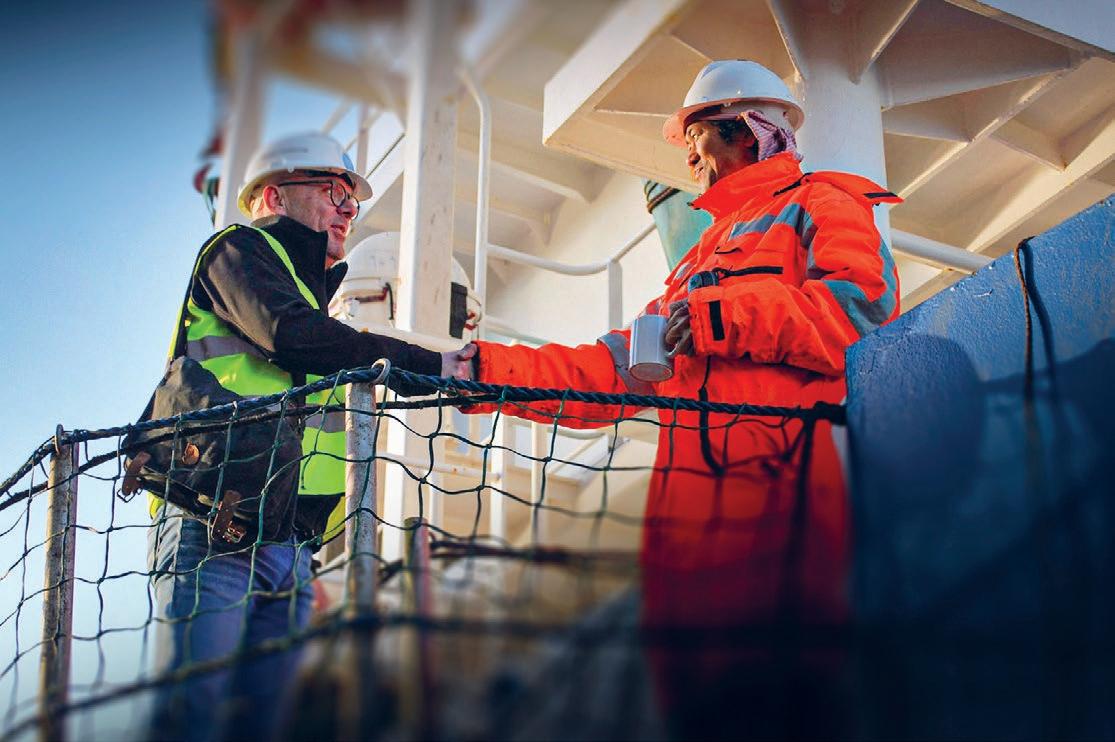
it's a few
with more
over a
a
in tiny spaces, work 13 hours a day, seven days a week for nine months, and rarely share personal problems or concerns with each other. Then someone like me comes along, someone they can confide in."
Loneliness and separation from family can lead to unhappiness.
"That's why welfare work in ports is so important. I come from outside as a curious fellow human who understands their working life and has time to listen and create a moment of calm and presence. Seafarers work hard when they are on board. I think it's vital that I come as a small human touch."
The internet connection is poor on many ships, which is why prepaid phone cards are also an integral part of welfare work.
"It may seem trivial that there is welfare in a phone card, but it is their lifeline home," he explains.
He has repeatedly handed out used cell phones, which make Filipino seafarers, for example, very happy.
"I remember one who was standing there with a phone and a smashed screen. I was able to give him one that was almost new. He wanted to pay for it. I said, 'No, it's for you,' and he was very touched."
Small moments make a big difference
In Aalborg, the port is mainly visited by cargo ships, coasters, container ships, and project ships transporting wind turbines. Wind turbine blades weighing 60 tons are loaded for destinations such as Taiwan, an impressive image of the port's role in the global energy supply.
While cargo is moved by the ton, Carsten's work is about small human moments that cannot be measured in weight but are nevertheless of great importance.
"I hope they think it's cool that someone like me is coming. Someone who gives them a glimpse of something different – and a person they can confide in."
He recently saw a sailor again, whom he had met two years earlier:

"'Do you remember me, Carsten?' he asked when he saw me, and of course I did. So, Saw from Myanmar got a big hug. A reunion like that goes straight to the heart."
Carsten meets seafarers from all over the world, but especially from the Philippines, Ukraine, Russia, and Poland.
Trust in Carsten grows on ships that call frequently: "They learn that I will come back. And that I have time."
He has heard stories of Ukrainian sailors who do not know if they will see their families again, who do not dare return home to Ukraine because they risk being called up for war. It takes mental strength to listen to the personal stories they entrust him with:
"It takes a certain mental strength, but I have that too. Of course, some stories and people stay with me. For example, a young Filipino woman who served on a cruise ship. She had left her three-month-old baby for nine months of service at sea to earn money for her family, while her little sister took care of her newborn child. A story like that is almost unbearable."
When Carsten and his distinctive vehicle roll out of the port area again, fewer phone
cards and newspapers are in his bag. Still, he knows that the human encounter has made a difference, whether it was a few minutes of conversation over a newspaper, a more extended visit with time for intimacy, or a quick hello in passing.
• Approximately 40 km from Kattegat, located in the Limfjord
• Central hub for North Jutland's business community
• Around 3,000 ship calls per year
• The port handles several million tons of building materials, energy, animal feed, and industrial products annually
• Ship types: cargo ships, coasters, container ships, bulk carriers (coal, cement, grain, stone, salt), special ships for wind turbine blades and offshore components, and tankers.
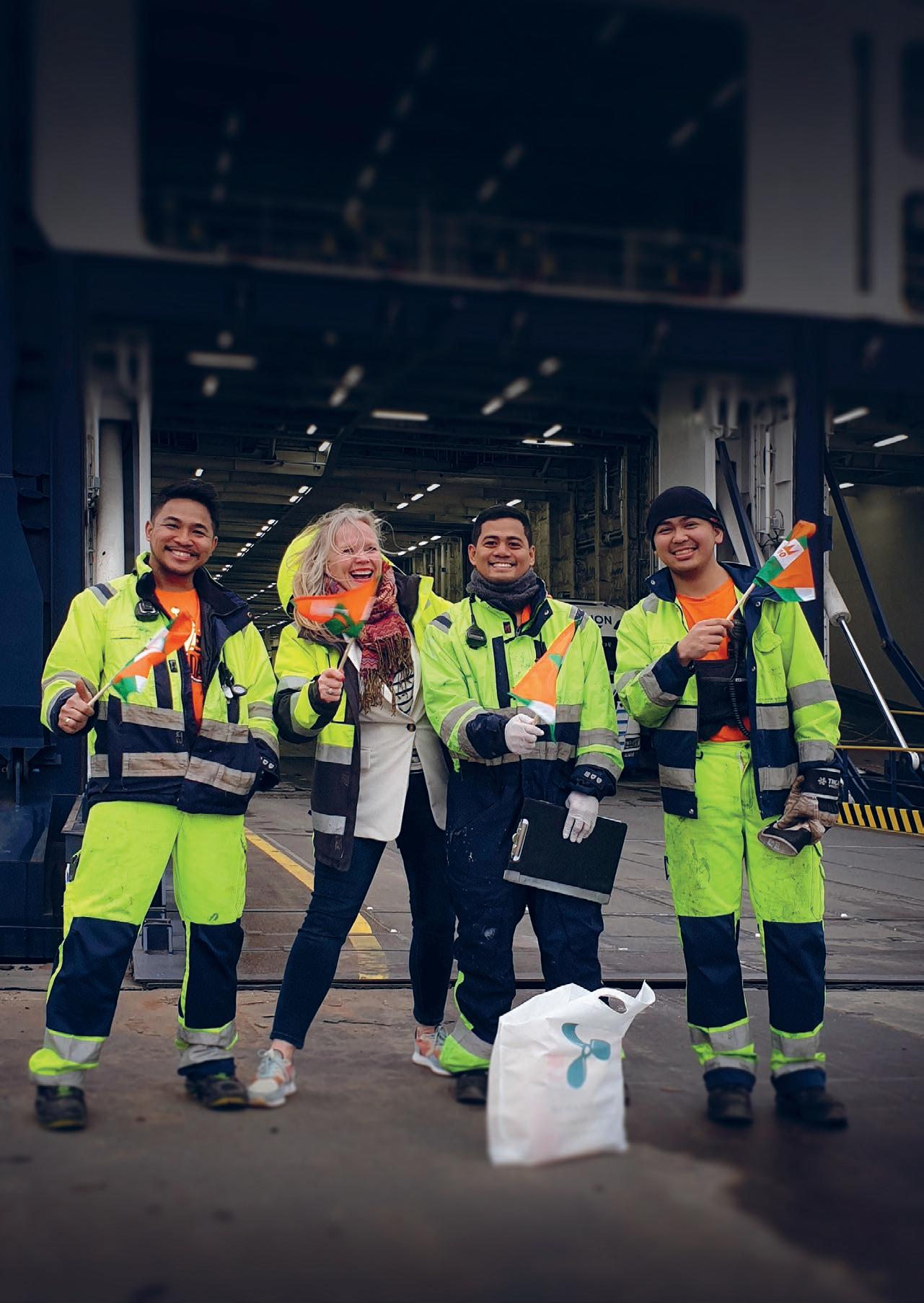
When your ship docks at the Port of Rotterdam, you may meet a smiling blonde woman whom many sailors know by her first name: Belinda Hoff. She has made it her mission to create a “home away from home” for international crews on Danish-flagged ships.
By Troels Leth, SEA HEALTH & WELFARE
It's wonderful to meet all these seafarers who are genuinely happy and grateful for the extra attention and care. Many ships and crew members also often ask for last-minute help, and I'm happy to offer our assistance, says Belinda Hoff.
A few kilometers south of Rotterdam's giant cranes, endless quays, and diverse vessels lies the idyllic medieval town of Brielle. The town is also home to the Seafarer's Club, run by Belinda Hoff, welfare consultant at SEA HEALTH & WELFARE.
The Seafarer's Club is filled with books in Danish, English, Polish, and Faroese, and it has a lounge where seafarers can read, relax, play darts, or watch sports on a big screen.
Free Wi-Fi also provides easy access to contact family and friends, and you can enjoy a freshly brewed cup of coffee or tea –perhaps with a homemade pastry from the nearby bakery. Seafarers can also borrow the club's bicycles and explore the town's small shops, the cozy square, and the historic church.
But a large part of Belinda's work takes place at the harbor. She visits the crew on board the ship, picks up and delivers mail, parcels, and groceries, helps with online orders, SIM cards, and anything else the crew might need. As she herself says:
"It's wonderful to meet all these seafarers who are genuinely happy and grateful for all the extra attention and care. Many ships and crew members also often ask for last-minute help, and I'm happy to offer our assistance," says Belinda.
Belinda has run the Seafarer's Club in Brielle for seven years. She was born and raised in Brielle, the daughter of a Norwegian sailor who settled in the town. She later worked at sea herself, including on ferries in the North Sea and as chief purser on cruise ships in the Caribbean.
Christmas gifts and welfare boxes – all year round
Today, Belinda uses her experience to assist seafarers of many different nationalities –but now on land.
Many ships contact Belinda well before their arrival at the port. This is often because some seafarers on board would like a lift to the seamen's club or Rotterdam to go shopping. They can also get help purchasing equipment for leisure activities on the ship, such as dartboards and darts, new books for the bookshelf on board, or something else.
Belinda spreads joy on ships all year round, especially during Christmas. In the months leading up to Christmas, she arranges and delivers gifts and welfare boxes to Danishflagged vessels in the Port of Rotterdam.
"Every year, many captains ask for help arranging Christmas gifts for their crew members. In 2024, I arranged and delivered gifts to more than 500 seafarers on board more than 10 ships – everything from Christmas packages to neck warmers," she says.
With our help, you can make the most of Christmas and other special occasions by buying games, gifts for onboard competitions, or equipment for your ship club. Learn how we can help you with your purchases.
SEA HEALTH & WELFARE can help ship's clubs to purchase and ship items for use on board.
This process is often time-consuming, so please allow plenty of time, especially when ordering Christmas gifts. To ensure that Christmas gifts arrive on the ship before December 24, 2025, we must receive your order by November 1, 2025. We send your order with stores, so you need to be aware of when the shipping company needs to receive them to reach you, e.g., before Christmas.
A prerequisite for SHW to help your ship club with VAT-free purchases under section 34 of the VAT Act is that the ship's captain signs the
order form - read more about the practicalities below.
Purchases for the ship's club can be, for example:
• Board games, puzzles, console games
• Exercise equipment and sportswear
• Bingo prizes
• Christmas gifts
Price groups when ordering Christmas gifts or bingo prizes
You can choose gifts/prizes from three different price groups:
Price group A: DKK 200 per person
Price group B: DKK 300 per person
Price group C: DKK 500 per person.
We can also help you print the ship's name on sportswear and other props.
If you choose to order through SEA HEALTH & WELFARE, SHW is responsible for ordering and delivering all purchases. SHW orders and receives the goods, and then we forward the goods to the ship with an export declaration.
We only deal with companies with a Danish website.
1
Fill out the form available at shw.dk under Welfare > Welfare Initiatives > Ship's Club Shopping Assistance.
On page 1, write down the items you want to order.
Be as concrete and specific as possible in your request.
Christmas gifts and bingo prizes: Write down how many Christmas gifts or prizes you want to order and in which price range. You do not need to fill in the URL.
Other orders:
When ordering other items, fill in the form with the URL/link to the webshop, a description of the item, and the price.
On page 2, you will find information about payment and a field for entering the ship's name, name of contact person and contact info, and the shipping adress.
Once you have completed the form, print it out, have the captain sign and stamp page 3, and then scan the form. Send an email with the form attached to skibsklub@shw.dk
2
We will send a confirmation email.
3
Once we have received and approved the declaration, and the amount has been received, we will order and receive the requested goods. Upon receipt, we will send the goods
on to the ship. This process is necessary to comply with the rules for customs/ VAT exemption.
SEA HEALTH & WELFARE is only responsible for purchasing and shipping the goods. For complaints or returns, the ship must contact the supplier directly.
If you have any further questions, you are welcome to contact us by email: skibsklub@shw.dk
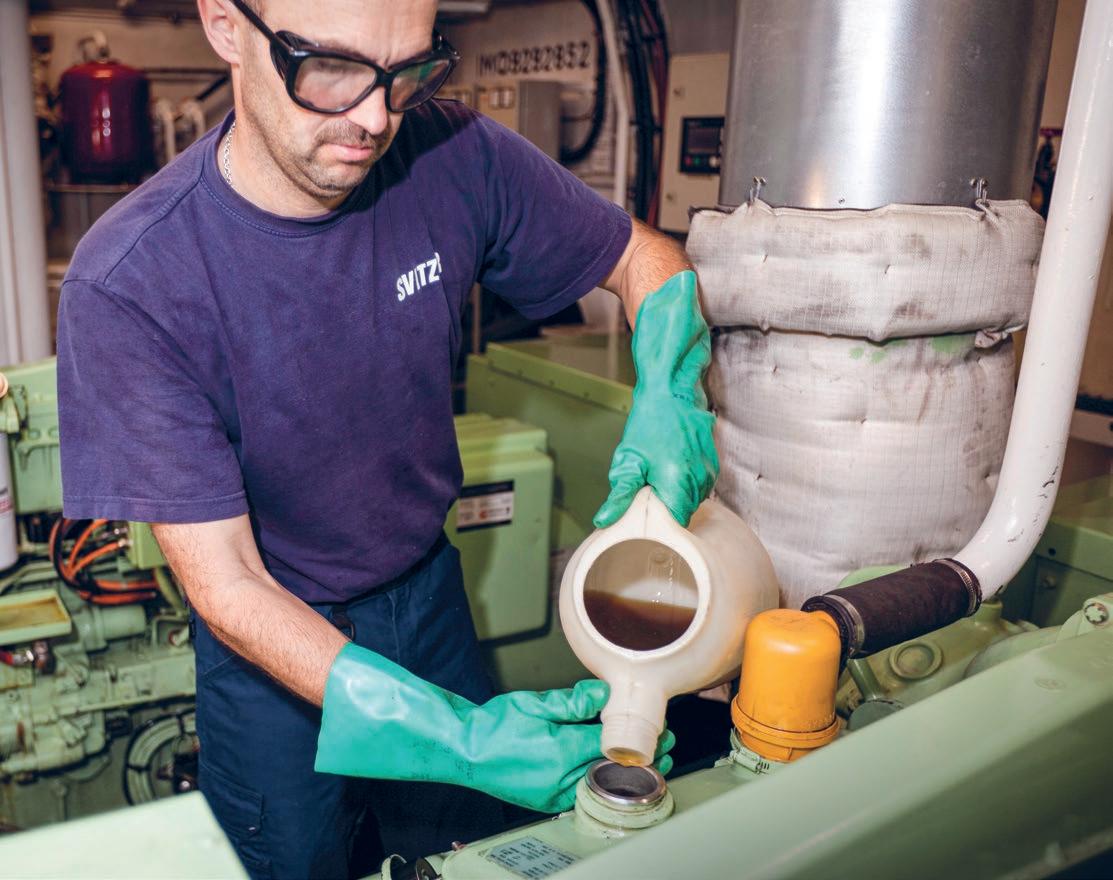
Gloves are an essential safety tool when working with chemicals on a ship – perhaps even the most important—because otherwise, your hands may come into direct contact with the chemicals. But like all other tools, using gloves correctly requires knowledge and experience, and in inexperienced hands, they can do more harm than good.
By Troels Leth, SEA HEALTH & WELFARE
Here, Sune Feldthusen Husted, chemist and consultant at SEA HEALTH & WELFARE, explains how to choose and use gloves correctly to protect yourself and avoid spreading chemicals on deck and in the engine room.
The use of gloves must always be based on a risk assessment, where you consider, in advance, based on the STOP principles, whether the risk could be reduced through substitution or technical and organizational measures.
"Putting on gloves 'just because' is unprofessional," emphasizes Sune.
"I could give a lecture on which gloves to use in which situations and how. Here, I will share some experiences I have had when visiting ships," he says.
No universal glove exists for chemicals, but nitrile gloves that comply with the ISO EN 374 standard type B and have been tested against the chemical codes JKPT are a good choice.
"This glove is the go-to in most chemical laboratories worldwide and protects against many of the chemical products found on the positive list on Danish-flagged vessels. It is relatively inexpensive, covers the wrist, and can be combined with protective sleeves if extra protection is needed up the arm. The low price also makes it possible to change gloves often. And changing gloves is an important part of proper use," emphasizes Sune.
Having extra gloves in your pocket may seem practical, but this is not good practice. Gloves should be stored in their original box, as storage in pockets can impair the quality of the material.
"You should also not put used gloves in your pocket; they must be disposed of immediately as chemical waste. Therefore, have a hands-free waste bin in the work area," he recommends.
Please get in touch with Sune if you have any questions or would like a visit to your ship to discuss protective equipment and chemicals on board. Write Sune an e-mail: sun@shw.dk
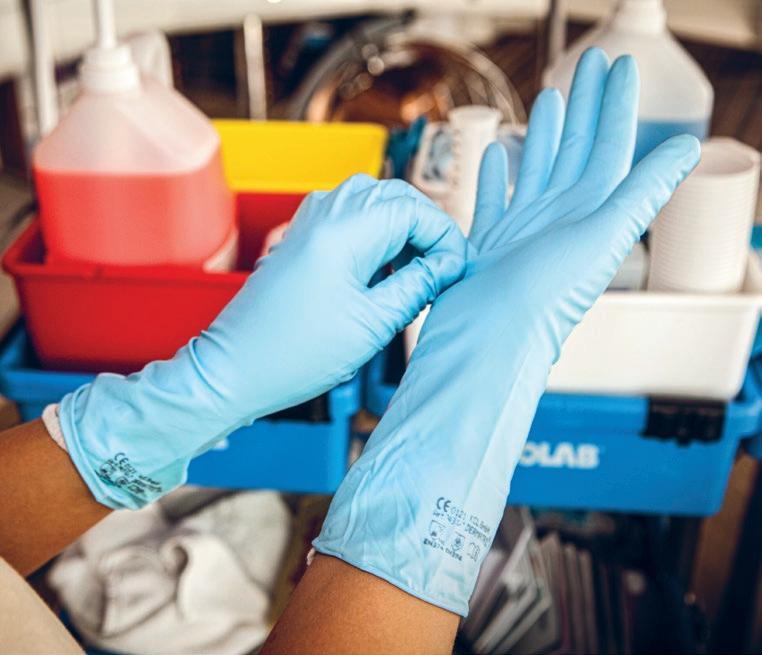
Good advice on the use of gloves for working with chemicals
Use nitrile gloves equivalent to ISO374 type B tested against the chemicals JKPT.
• Change gloves in case of spillage and otherwise at least every 30 minutes.
• Nitrile gloves are disposable gloves; never reuse them.
• Wear nitrile gloves one size larger than work gloves/assembly gloves.
• Never walk more than five steps with nitrile gloves on. If you need to go to the toilet, for example, remove your gloves and wear new ones afterward.
• If there is an increased risk of spillage, wear chemical-resistant protective sleeves. This will prevent spillage on your boiler suit.
• Practice removing gloves. Fold the gloves inside out when removing them from your hands.
• Gloves for cleaning can be reusable gloves, such as those purchased at the supermarket. Ensure that they are clean and dry before putting them on.
SHW will focus on using PPE correctly in the coming period and is currently producing instructional videos on this topic.
Hi Ester
Our shipping company has recently updated @SEA to version 7.4. We used the risk assessment templates previously, but do we need to create our APVs again?
We are a bit confused about when an APV is necessary and what the difference is between a hazard and a risk. We are also unsure when something becomes a long-term effect. Can you help with some clear definitions?
Best regards Søren Rasmusen, Ferry Operations Manager
Hi Søren
If you have previously used the templates, you must prepare all workplace assessments (APV) in the new format, where the STOP principles are incorporated.
All work tasks on board must be assessed. A written workplace assessment must be prepared if a task has a particular risk associated with it.
SHW defines “particular risk” as “A task where there is a risk of accident or damage to person, ship/goods, environment or reputation.”
Accidents occur, e.g., dropping something on your foot and breaking a toe. Meanwhile, a long-term effect is something that happens over time. For example, monotonous work in a poor work position can lead to musculoskeletal disorders or arthritis.
Definitions: Hazard and risk are often confused with each other, but have the following definitions:
Fare: A process, phenomenon, or human activity that can cause loss of life, injury, or other health impacts, property damage, social and economic disruption, or environmental degradation.
Risk: A situation involving exposure to danger and/or exposing someone or something of value to danger, harm, or loss.
See the example on the next page, which illustrates a hazard and describes associated risks.
I hope this inspires you to get started. We can also arrange a meeting or workshop with you if you are interested.
Best regards Ester Ørum, Occupational Health and Safety Consultant, SHW
Risk:
Inhalation of chemical vapors/aerosols
Potential consequences:
Breathing difficulties, asthma, or lung damage
Risk: Skin contact
Potential consequences: Irritated skin, eczema, and allergies
The 2025 photo competition for seafarers closes at New Year, so remember to send us your best photos before then! You can win prizes worth up to DKK 5,000 – even as an amateur photographer.
We will select winners in four categories:
• Photo of the Year (simply the best)
• Nature (storms, sun and clouds, the sea, animals and birds)
• The maritime environment (ships, ports, wind turbines, etc.)
• Life on board (both leisure and working hours).
There is also a prize for the photo that, in the judges' opinion, stands out from the others but is not one of the winning photos.
The competition is for seafarers on Danish-flagged ships, and each participant may submit a maximum of 15 photos to the photo competition.
December 31 is the last chance to apply for a holiday home in Denmark for the exact week you want in 2026.
The deadline for submissions is December 31, 2025.
Read more about the competition rules and how to submit your photos at shw.dk under Welfare.

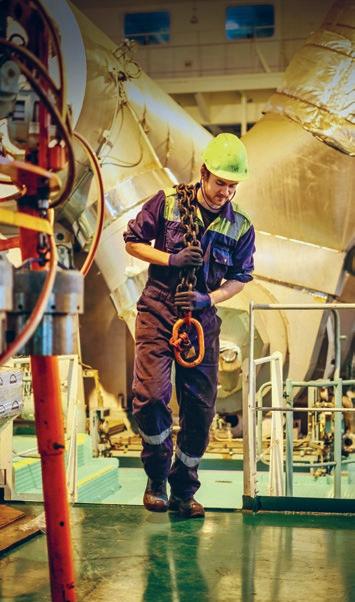

The rental season follows the calendar year. Therefore, we request that you submit your application for a holiday home by December 31, 2025. At the beginning of January 2026, you will receive a notification as to whether we can accommodate your holiday request.
If there are any weeks available in the season after the lottery, you are also welcome to contact SEA HEALTH & WELFARE to rent a holiday home in one of the available weeks.
You can find the application form at shw.dk/ferieboliger

SEA HEALTH & WELFARE has published the guide WELL-BEING AT SEA. The guide is intended to assist shipping companies and seafarers who work with well-being on board.

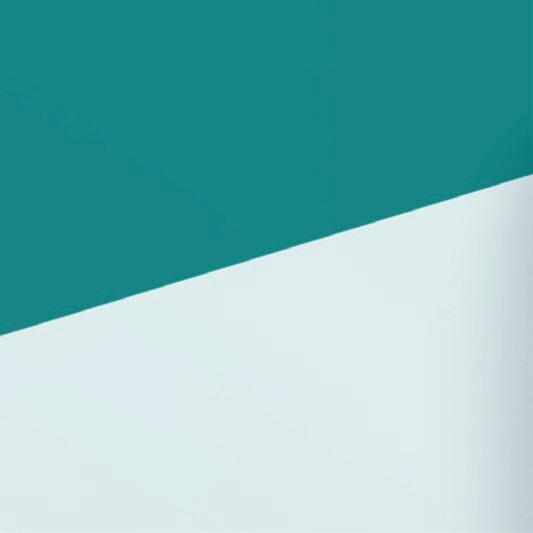
The purpose of the guide is, among other things, to provide information about factors that affect well-being in connection with work on board ships, as well as opportunities and tools for ensuring the crew’s well-being during their free time on board.
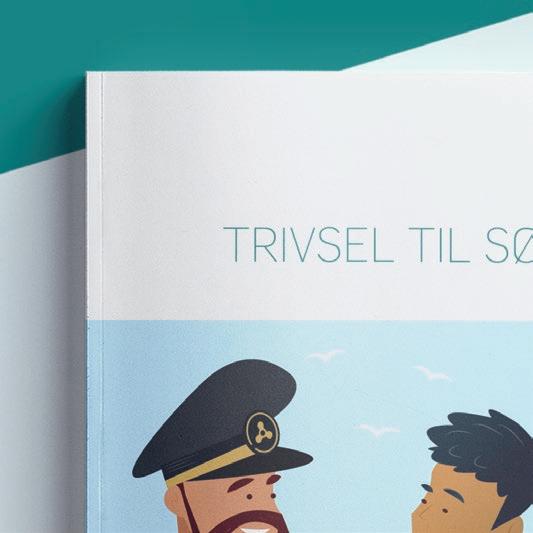

Ships and shipping companies have received the guide directly. You can read a summary of the guide by scanning the QR code with your phone.
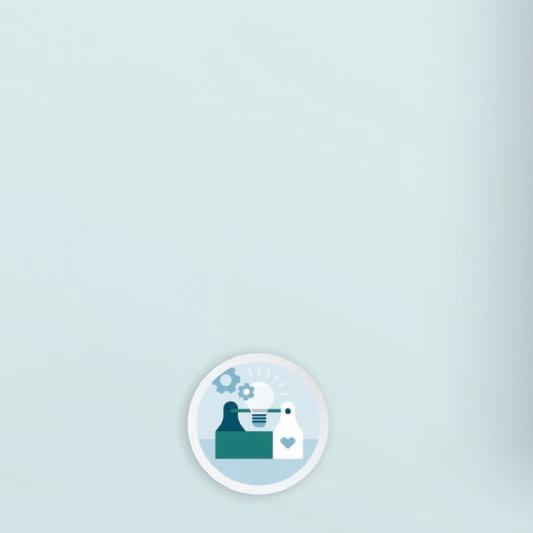
We have several other guides that focus on mental well-being on ships.
Read more at shw.dk/ vejledninger-om-psykisk-trivsel
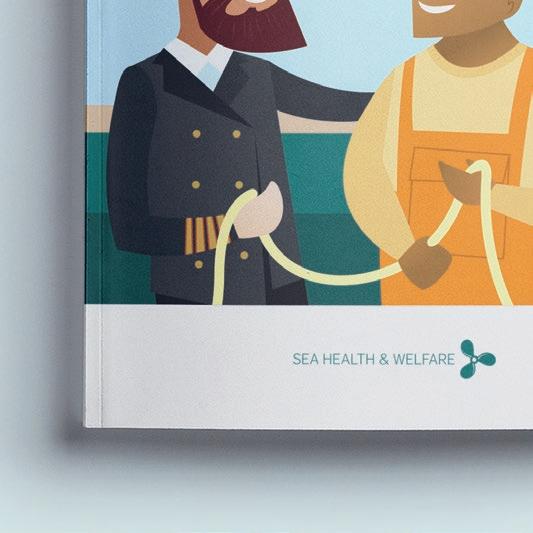


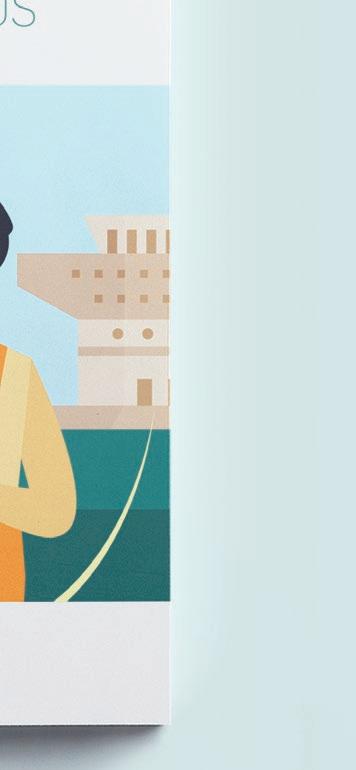
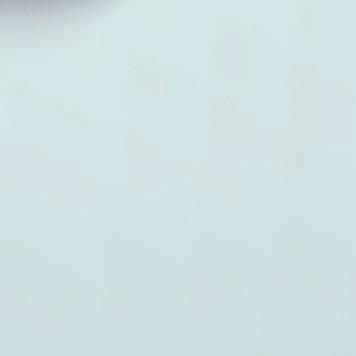
GET INSPIRED
Which books have seafarers suggested?

It's been a year since we launched the "Notify Me" feature in Libby. Since then, more and more seafarers have taken the opportunity to suggest new books for Libby.
Here, you can see a selection of the books that seafarers have requested. They are divided into Fiction and Non-fiction. Under each title, you can see which topics the title belongs to.
Enjoy.
Irene Olsen, The Seafarers’ Library
–
Red Rising by Pierce Brown. Fantasy, Sci-Fi, Thriller
Tender is the Flesh by Agustina Bazterrica. Dystopian
The Aeronaut’s Windlass by Jim Butcher. Fantasy, Sci-Fi, Thriller, Steampunk
The Chronicles of Narnia: The Complete Seven-Book Collection by C.S. Lewis. Classic Literature, Fantasy
The Future by Naomi Alderman. Sci-Fi, Apocalyptic & Post-Apocalyptic, Thriller
Throne of Glass Bundle by Sarah J. Maas. Romance, Fantasy
Wrong Place, Wrong Time by Gillian McAllister. Sci-Fi, Thriller, Crime
–
How the Mind Works by Steven Pinker. Psychology, Science
Nuclear War: A Scenario by Annie Jacobsen. History, Politics, Military, Nuclear Warfare
The Korean Art of Self-care, Wellness & Longevity by Sun & Ssukgat. Health & Fitness, Healing, Travel
The Cat Who Taught Zen by James Norbury. Philosophy, Religion & Spirituality, Self-improvement, Zen
The Let Them Theory by Mel Robbins. Business, Self-Improvement, Economics, Self-Help, Personal Growth
The Nature Remedy by Faith Douglas. Nonfiction. Nature, Self-Improvement, Nature, Plants
Yatra: A Culinary Journey across India Cooking. Indian & South Asian






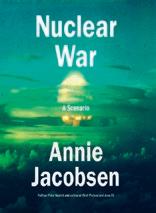


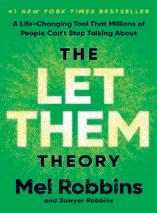
How to get a library card
Send an email to: bibliotek@shw.dk
Include the following information:
• Name
• Personal email address
• A personal 4-digit PIN code
• Name of the ship that you are signed on
• Shipping company
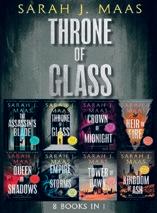



A good psychological work environment is essential for the ship’s crew to thrive. SEA HEALTH & WELFARE offer several mental health and well-being guides to help you get started.

Scan this QR code to read more
If you need inspiration or want to spar, you can also contact our consultants by phone at +45 7240 2610 (press 3).